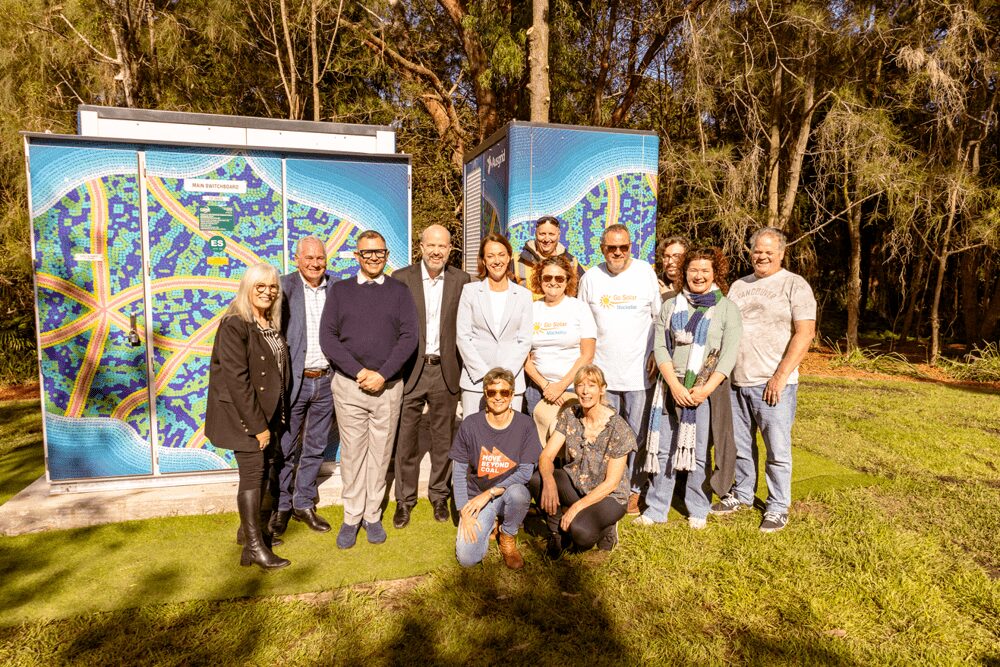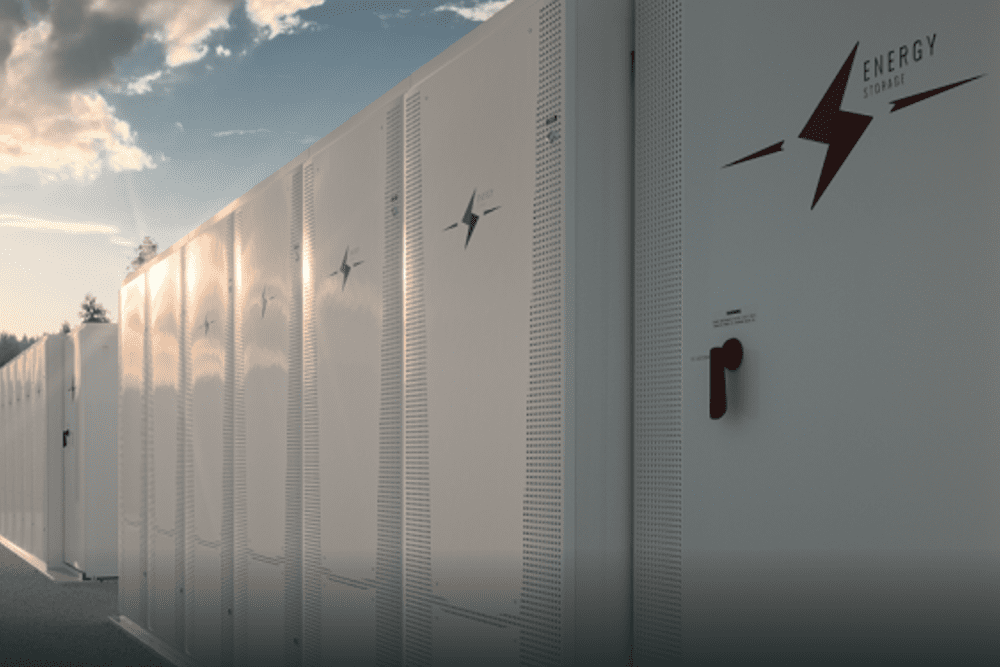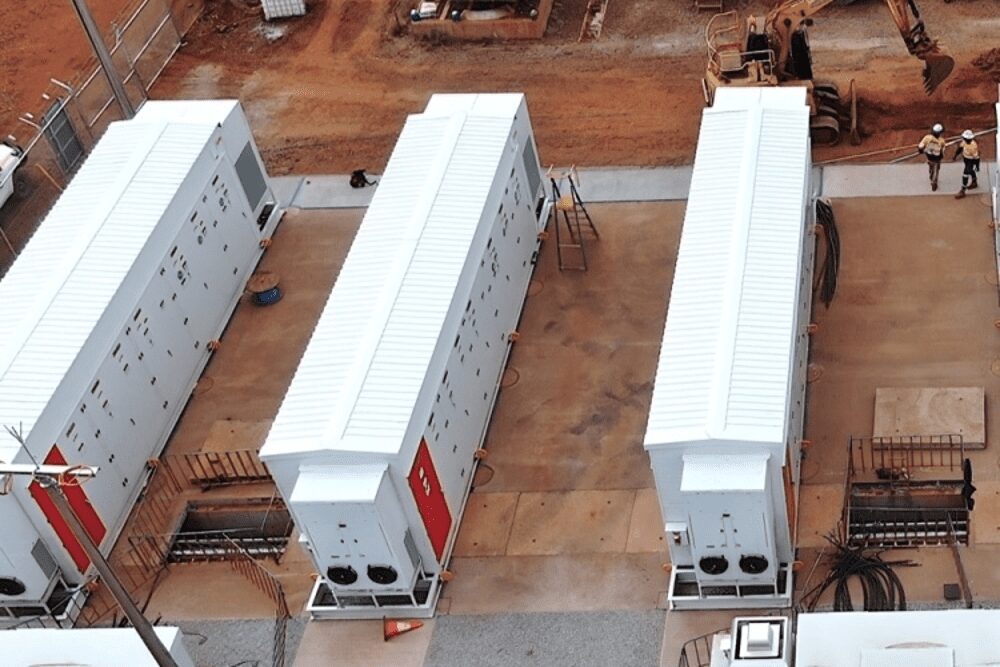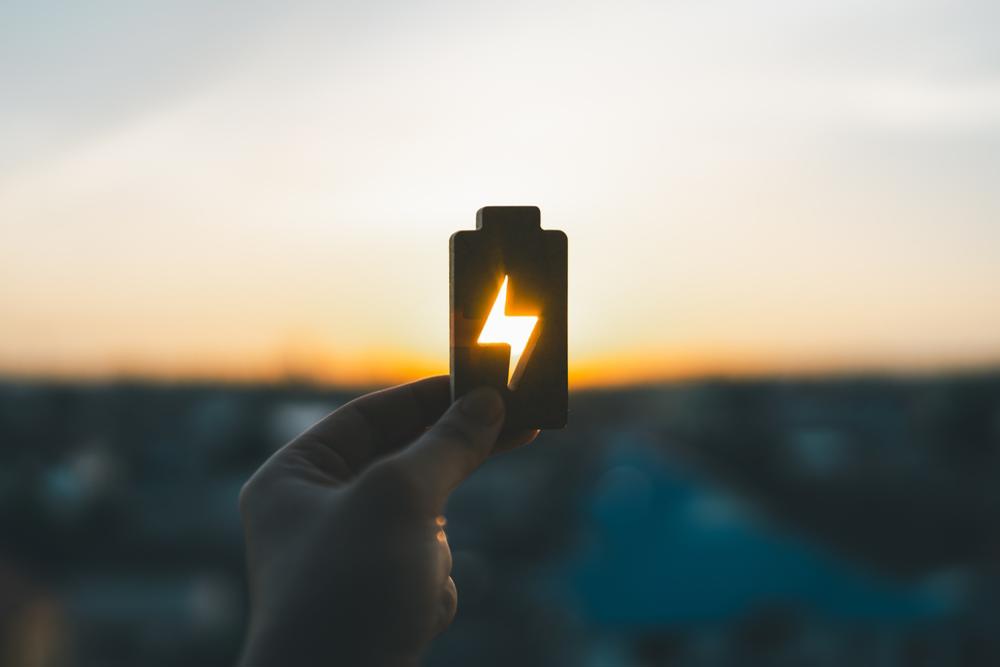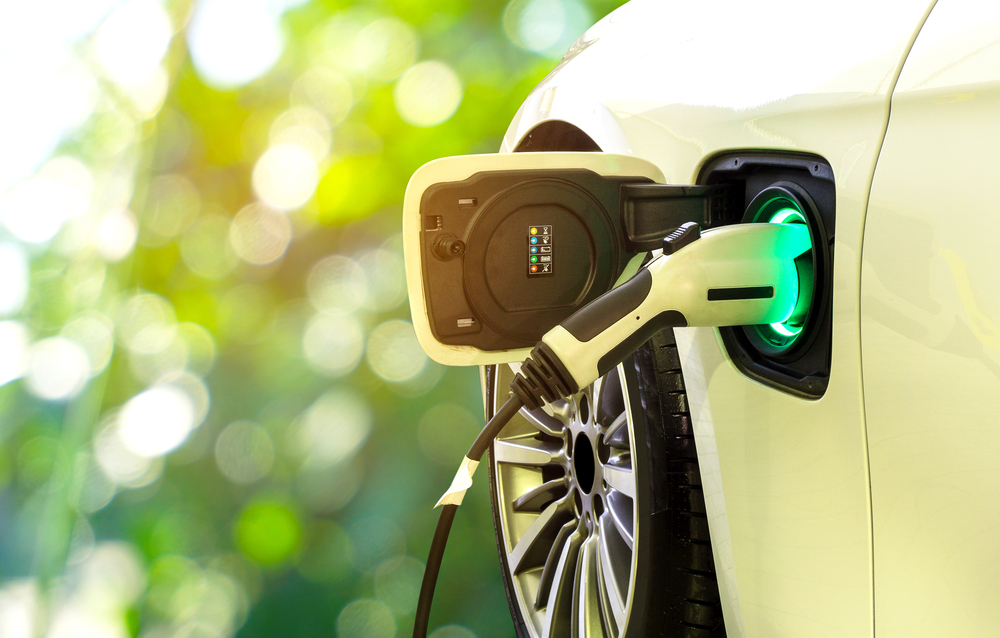
The Future Battery Industries Cooperative Research Centre (FBICRC) and Perth USAsia Centre have published findings from a collaborative scene-setting research project which aimed to investigate existing battery value chain governance, security and sustainability, and identify economic opportunities for Australia within that framework.
The research and report were also supported by the University of Western Australia and the Minerals Research Institute of Western Australia.
The initial research project, commissioned by the FBICRC Board in December 2019, explores how Australia can enhance its role in the global battery industry by first reviewing the industrial geography of the industry, and identifying the role of mineral and materials production in shaping contemporary value chains.
Today FBICRC Chief Executive Officer, Stedman Ellis, said the timing of the release of the report, in the middle of Australia’s evolving response to the COVID-19 health and economic crisis, was interesting as it tied-in with a broader discussion underway in Australia in regard to supply chain security across essential goods and services.
“One of those essential services is the uninterrupted supply of baseload electricity generation, and while power grid disruptions have not eventuated as a major disruption in the country’s response to the current crisis, it is critical this is considered as Australia continues to transition its generation capacity to renewable sources,” Mr Ellis said.
“With all current renewable generation methods requiring battery storage solutions in order to be deployed at grid-scale, the application of battery technology is closely linked to the growth in renewable generation,” he said.
“This reinforces the importance of Australian industry being as integrated as possible into the battery supply chain, which in turn improves the country’s resilience to future global-scale disruptions.”
With the exception of natural graphite, the report states that world output of these minerals has grown strongly over the last decade, driven both by increasing demand from battery manufacturers as well as alternate technology applications. This has led to a robust international trade in battery minerals, which was valued at $6.5 billion in 2017.
Perth USAsia Centre Research Director, Dr Jeffrey Wilson, said there were six battery minerals which were frequently identified as being the core raw materials required for the battery manufacturing industry – cobalt, graphite, lithium, nickel, rare earth minerals and vanadium.
“Having a geological endowment of all of these commodities and significant existing production of three of them, Australia is uniquely positioned to capture more value in the mid-stream and down-stream processing of battery materials,” Dr Wilson said.
“Securing production and processing of these commodities under Australian ownership is important for Australia’s future energy security as well as that of its strategic allies including the United States and Asian battery manufacturing hubs like South Korea and Japan.”
“The current concentration at the extraction stage exposes downstream manufacturers to a heightened degree of supply risk,” he said.
The report outlines that in all but one of the key battery minerals, a single dominant producer accounts for between half and three-quarters of all global supply.
For lithium this is Australia (58 per cent), and for cobalt it is the Democratic Republic of Congo (61 per cent).
More significantly, China is the dominant producer of three out of the six battery minerals, being graphite (70 per cent), rare earths (80 per cent) and vanadium (56 per cent).
Only in nickel production is there a diversity of supply options around the globe, whereby seven countries each account for between 5 to 15 per cent of global production.
The report notes that economic and social sustainability challenges with many current supply sources also threatens social licence, a critical asset for a technology dependent on its ‘green’ credentials.
Additionally, Australia is unique in that it is one of the few suppliers with strong regulatory frameworks at the domestic level, and trusted political relationships internationally.
To capture these opportunities, the research report found that Australia would need to upgrade its role in the value chain, and that the Australian battery industry would need to be integrated within cross-border value chains that connect up-stream, mid-stream and down-stream producers across many different countries.
Mr Ellis said: “As the majority of the value-add in battery supply chains comes at the mid-stream and down-stream processes, these stages will offer the best returns for the Australian economy, instead of simply maintaining its historic reputation as a reliable exporter of raw or up-stream processed ingredients for manufacturing.”
Mr Wilson commented that mid-stream processing was a natural ‘next step’ that could be built upon existing minerals capability. It is, therefore, the area in which the research team believes policy efforts will generate the greatest return on investment.
“Australia will also need to take significant steps to decarbonise its operations to be able to label and differentiate itself as a producer of ‘clean’ battery materials,” Mr Wilson said.
“Internationally, government and business should also actively pursue international partnerships with key industry players, as success in global value chains will not be achieved by working alone.”
In terms of next steps, a value-chain informed strategy should focus on building mid-stream capacity through international partnerships.
Domestically, efforts should target Australia’s mid-stream processing industries, where the most attractive opportunities lie.
While internationally, governments and businesses should actively pursue international trade, investment and technology partnerships with key global players.
The finding of the scene-setting research project will also be utilised to inform and shape the scope of one of the FBICRC’s flagship research project around ethically sourced, high-grade battery material provenance authentication for the next generation battery supply market.
The report, ‘The governance of battery value chains: Security, Sustainability and Australian Policy Options’ can be read online here: fbicrc.com.au/wp-content/uploads/2020/05/PU-141-Energy-Report-WEB.pdf
[1] International Energy Agency (2019), Global EV Outlook 2019: Scaling-up the transition to electric mobility, Paris: IEA.








